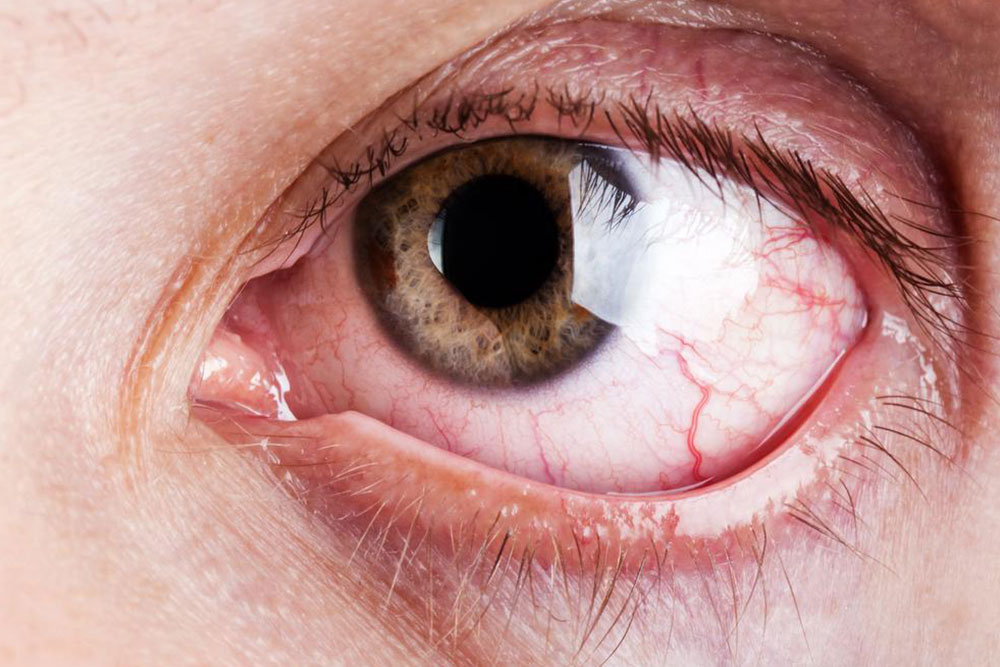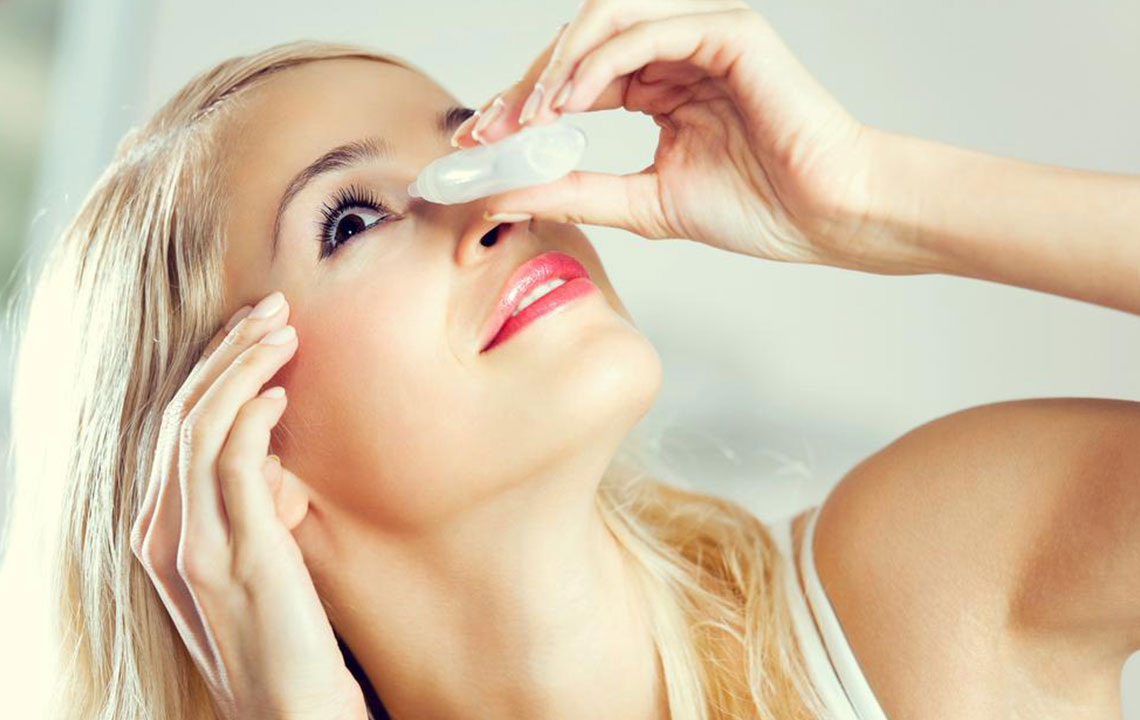Enhancing Eye Comfort with RESTASIS®: A Comprehensive Guide to Managing Dry Eye Disease
This comprehensive guide explores dry eye disease, emphasizing the role of RESTASIS® in treatment. It details causes, symptoms, and management approaches including lifestyle changes and medication options like cyclosporine eye drops. Offering insights into how RESTASIS® stimulates natural tear production, the article aims to enhance understanding and promote effective dry eye management, especially post-LASIK or in autoimmune conditions, ultimately improving ocular comfort and health.

Enhancing Eye Comfort with RESTASIS®: A Comprehensive Guide to Managing Dry Eye Disease
Achieving optimal eye hydration is fundamental to maintaining healthy vision and overall ocular well-being. Our eyes rely heavily on a steady supply of tears to keep the surface moist, clear, and protected from environmental irritants. When tear production diminishes, it results in dry eye disease, a common condition that causes discomfort, visual disturbances, and a reduced quality of life. Understanding how to effectively manage and treat dry eyes is essential, and medications like RESTASIS® have become pivotal in this regard.
Dry eye disease, also known as keratoconjunctivitis sicca, manifests when the eyes fail to produce enough tears or when the tears evaporate too quickly. The production of tears is a complex process involving multiple glands, including the lacrimal glands and Meibomian glands, which produce the aqueous layer and lipid layer of the tear film respectively. These components work together to lubricate and protect the eye surface, nourish the corneal tissues, and wash away debris.
Various factors can compromise tear production. Aging is a significant contributor, as tear gland function naturally declines over time. Certain medications, such as antihistamines, antidepressants, and blood pressure drugs, may also reduce tear secretion. Allergies trigger inflammation that can impair gland function, leading to chronic dryness. Additionally, medical conditions like autoimmune diseases—including Sjögren's syndrome, rheumatoid arthritis, and lupus—can cause severe impairment of tear production. Environmental factors like exposure to dry, windy, or air-conditioned environments exacerbate ocular dryness, making symptoms more noticeable and persistent.
Post-surgical procedures, especially LASIK (Laser-Assisted In Situ Keratomileusis), are known to induce dry eye symptoms temporarily or sometimes chronically. LASIK corrects refractive errors like myopia, hyperopia, and astigmatism, but in doing so, can disrupt the ocular surface and tear stability. Patients undergoing LASIK often experience redness, itching, a gritty sensation, light sensitivity, blurred vision, and mucus discharge during the healing process. In some cases, these symptoms persist, leading to discomfort and visual impairment.
Chronic dry eye is frequently accompanied by additional issues such as inflammation of the ocular surface, which further exacerbates tear deficiency. Conditions like diabetes and autoimmune disorders exacerbate this problem by impairing the natural production or distribution of tears, often leading to more severe and persistent dryness. These underlying health issues require targeted management to prevent complications such as corneal abrasions or infections.
To alleviate dry eye symptoms, ophthalmologists recommend various treatments. Artificial tears, available over the counter, serve as temporary lubricants that provide immediate relief. However, for persistent dry eye, especially cases linked to inflammation, more advanced therapies are necessary. Cyclosporine-based eye drops like RESTASIS® have revolutionized the management of dry eye disease. RESTASIS®, whose active ingredient is cyclosporine, is an immunosuppressant that reduces ocular surface inflammation, allowing the tear glands to function more effectively and produce more natural tears.
RESTASIS® offers significant benefits, particularly for patients who have undergone LASIK or those with autoimmune dry eye. By restoring tear production, it improves eye comfort, reduces symptoms of redness and burning, and enhances the clarity of vision. The medication is usually prescribed after a comprehensive eye examination and is administered twice daily in the affected eye(s).
Both RESTASIS® and its multi-dose formulations are FDA-approved medications specifically designed to improve tear production naturally. They target the root cause of dry eye related to inflammation and gland dysfunction, offering a long-term solution rather than just symptomatic relief. Patients are advised to follow their ophthalmologist’s instructions diligently to achieve the best results and minimize potential side effects like burning sensation or ocular irritation initially experienced during treatment.
In addition to medication, lifestyle changes can further help manage dry eye symptoms. Using humidifiers indoors, avoiding smoke and wind, taking regular breaks when using digital devices, and maintaining adequate hydration are simple measures that can significantly reduce dryness. Nutritional intake also influences tear quality; omega-3 fatty acids found in fish and supplements have been shown to support tear film stability.
In conclusion, dry eye disease can significantly impact daily life, but with advanced treatment options like RESTASIS®, patients have hope for relief and improved ocular health. Recognizing the symptoms early and seeking professional care is essential for effective management. Combining medical therapies with practical lifestyle modifications can lead to better comfort, healthier eyes, and clearer vision for those affected by dry eye disease.





